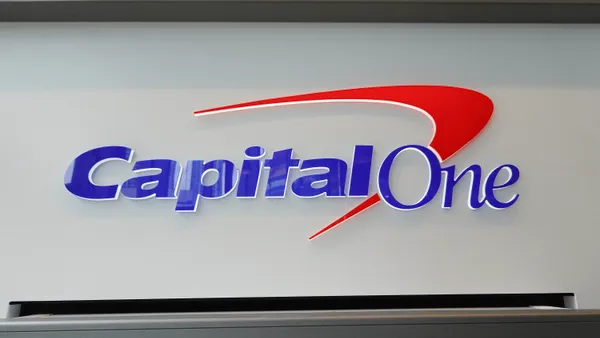The Senate and the House on Monday passed a $2.3 trillion bill that gives all three of the Federal Reserve’s most notable — or notorious — lending programs of 2020 a curtain call.
A $908 billion coronavirus relief measure — attached to a $1.4 trillion bill set to fund the federal government through September 2021 — infuses the Paycheck Protection Program (PPP) with $284 billion.
It would allow existing PPP borrowers with less than 300 employees to apply for a second loan of up to $2 million as long as they show a revenue decline of at least 25%.
The measure also expands PPP eligibility for nonprofit organizations and news outlets, and ensures churches and faith-based organizations are eligible for PPP loans.
The plan broadens the list of expenses eligible for forgiveness to include human resources and accounting costs, and software and cloud computing expenses. It extends and expands the employee retention tax credit, allowing businesses whose PPP loans are forgiven to deduct the costs covered by those loans on their federal tax returns.
It also creates a simplified forgiveness application for loans of $150,000 or less that requires borrowers simply to state the number of employees retained and the amount of PPP funds spent on payroll.
The measure eliminates a provision requiring borrowers who obtained a $10,000 advance under the Economic Injury Disaster Loan (EIDL) program to deduct that advance from their forgiveness total.
And the bill provides another one-year extension — to 2022 — for banks to comply with the current expected credit loss accounting standard.
Separately, the bill funds $12 billion to support community development financial institutions in low-income and majority-minority areas and to establish a Neighborhood Capital Investment program.
PPP was covered under one of the four lending facilities the Federal Reserve and Treasury Department agreed to extend through March 31. But the bill hit a speed bump when Sen. Pat Toomey, R-PA, raised concerns over lending facilities Treasury Secretary Steven Mnuchin flagged for wind-down at the end of the year.
Democrats claimed Toomey’s attempt to block the Fed from relaunching “similar” facilities” would unnecessarily restrict the Fed's emergency lending powers. Toomey, who is set to become the chairman of the Senate Banking Committee if Republicans retain control of the Senate, modified the language in his amendment to indicate the Fed couldn’t re-create facilities identical to those launched through the CARES Act in March.
The compromise would revoke remaining funding previously provided to the Treasury Department to backstop losses in Fed lending programs and ensure the central bank and the Biden administration can’t restart the programs "by creating a clone and calling it something different," Toomey said Sunday, according to The Wall Street Journal. "These programs were never intended to hang around indefinitely."
The Main Street Lending Program (MSLP) is among those four programs. And coincidentally, the MSLP is seeing record activity two weeks before it shutters for good.
Borrowers took out nearly $2.7 billion in loans through the program in the week that ended Wednesday, according to Fed data. That represents a 37% uptick from the previous week, the Financial Times reported. Of the $10 billion lent through the program — which made $600 billion available in June — half has come in the past five weeks, according to Reuters.
Which leaves the much-maligned EIDL.
Monday's bill sets aside $20 billion toward Economic Injury Disaster Loan grants for businesses in low-income communities.
The Small Business Administrator's inspector general in late July called for closer oversight of the EIDL program over fraud concerns, and followed up in October with a report indicating that the SBA had referred more than 80,000 EIDL loans to law enforcement.
The SBA warned banks to investigate suspicious activity tied to the program — leading Wells Fargo to fire more than 100 employees who made false representations on EIDL applications. JPMorgan Chase also dismissed several workers who improperly applied for and received aid through the program.













